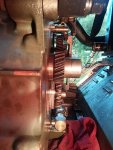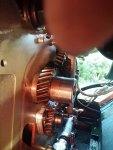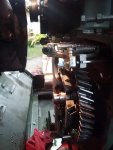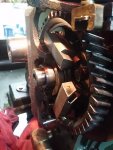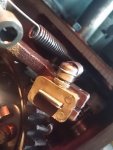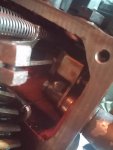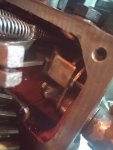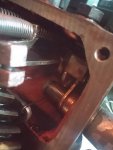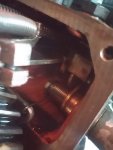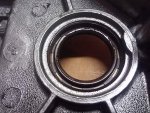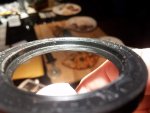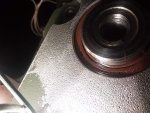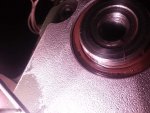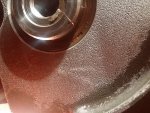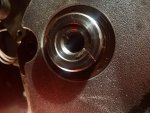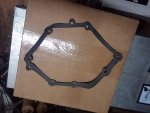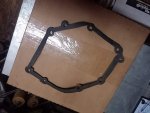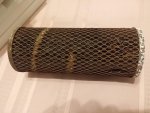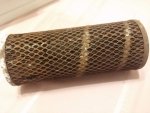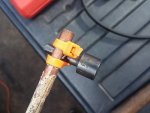USAMilRet
Member
- 390
- 15
- 18
- Location
- Tampa, Florida
Cummins does not sell nor has heard of diesel break in oil and again recommended the Valvoline Premium Blue.
Catapillar parts sales has never heard of diesel break in oil.
I called both service rebuild centers in Tampa and Riverview.
Cummins says:
Valvoline Premium Blue Oil
Valvoline's Premium Blue Engine Oils are designed to provide advanced lubricant performance in modern, emissions treatment equipped diesel engines, including all types of Exhaust Gas Recirculation (EGR) and Diesel Particulate Filters (DPF).
 When used in conjunction with Ultra-Low Diesel Sulfur fuel, this product technology offers a long-life, extended drainage capability, balanced formulation which helps maximize engine durability and after-treatment cleanliness.
When used in conjunction with Ultra-Low Diesel Sulfur fuel, this product technology offers a long-life, extended drainage capability, balanced formulation which helps maximize engine durability and after-treatment cleanliness.
Valvoline's Premium Blue Engine Oil is endorsed by Cummins and has been tested extensively by Cummins in stationary and EGR on-road engines, including engines powered by diesel, CNG, LNG, as well as engines equipped with DPFs. It is tested and approved against industry standard specifications such as SAE, TMC and CES.
Additional product benefits include:
Catapillar parts sales has never heard of diesel break in oil.
I called both service rebuild centers in Tampa and Riverview.
Cummins says:
Valvoline Premium Blue Oil
Valvoline's Premium Blue Engine Oils are designed to provide advanced lubricant performance in modern, emissions treatment equipped diesel engines, including all types of Exhaust Gas Recirculation (EGR) and Diesel Particulate Filters (DPF).

Valvoline's Premium Blue Engine Oil is endorsed by Cummins and has been tested extensively by Cummins in stationary and EGR on-road engines, including engines powered by diesel, CNG, LNG, as well as engines equipped with DPFs. It is tested and approved against industry standard specifications such as SAE, TMC and CES.
Additional product benefits include:
- Unique dispersive polymer technology (DPT), with premium Group II base oil, provides advanced soot control, and cold start protection
- Valvetrain wear protection and reduced oil filter restriction at high soot levels
- High temperature deposit control, including single and two-piece pistons, and ring/liner wear protection
- Higher TBN level and TBN retention for long-life performance, while meeting all chemical limits
Last edited:


